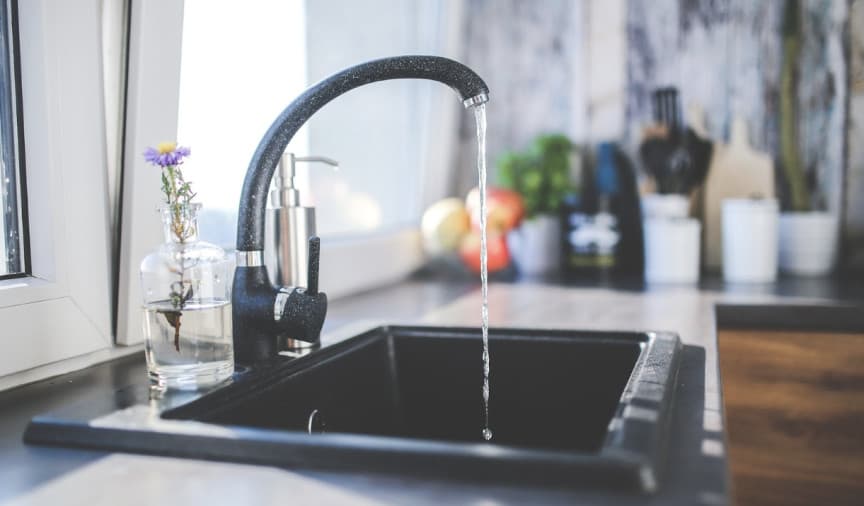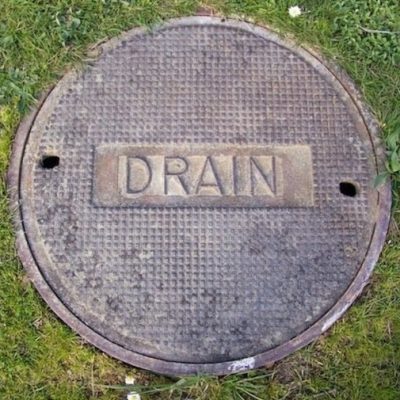They are making a few good annotation regarding Tips for Dealing with Clogged Drains and Sewer Lines as a whole in this post which follows.

Introduction
Dealing with an obstructed drainpipe can be an irritating experience, interrupting daily activities and possibly causing damage to your residential or commercial property. Nevertheless, prior to connecting to pipes professionals, there are steps you can take to resolve the problem yourself. In this guide, we'll discover DIY solutions and safety nets to deal with a blocked drain properly.
Determining the Problem
The very first step in resolving an obstructed drainpipe is acknowledging the signs. Slow-moving drain, gurgling audios, foul odors originating from drains, or water backing up are common signs of an obstructed drain. Recognizing these signs early can help stop better problems.
Choosing the Right Plumbing Solution
When selecting a pipes service, take into consideration elements such as experience, licensing, and client evaluations. Pick a reputable plumber with a record of high quality handiwork and transparent rates practices.
Expense Factors to consider
The price of professional drain cleaning company can differ depending on the severity of the obstruction and the plumbing's prices. Request quotes from several suppliers and ask about any kind of additional charges to guarantee openness and stay clear of surprises.
Safety and security Measures
When trying DIY drainpipe cleansing, focus on security. Put on safety gloves and eyeglasses to stay clear of contact with damaging chemicals or germs. Never mix different drain cleaning products, as this can generate unsafe fumes.
Case Studies
Real-life examples illustrate the effectiveness of do it yourself services and the significance of prompt expert treatment in settling drain obstructions.
Typical Reasons For Obstructed Drains
Comprehending the variables that add to drain clogs is important for reliable resolution. Usual offenders include hair, soap scum, oil, food particles, and international objects like hygienic items or paper towels. Tree origins getting into underground pipes can additionally trigger considerable blockages.
Do it yourself Solutions
For small obstructions, several DIY options can be effective. Pouring boiling thin down the drainpipe can aid liquify oil and debris. Baking soda and vinegar or a mixture of salt and baking soft drink can act as natural cleaners. Using a plunger or plumbing snake to dislodge obstructions is another option.
Devices and Tools
Having the right devices handy can make DIY drain cleansing much more effective. A bettor is a functional tool for getting rid of obstructions in sinks, bathrooms, and showers. A pipes serpent or auger can reach much deeper blockages, while drainpipe cleaning chemicals can be utilized meticulously for persistent clogs.
Safety nets
To stay clear of future clogs, taking on safety nets is crucial. Install drain guards or strainers to capture hair and particles before they go into the pipelines. Frequently flush drains pipes with hot water to liquify oil buildup, and prevent dealing with oil or strong waste down the tubes.
When to Call a Professional
While do it yourself solutions can settle minor clogs, certain indicators indicate the need for expert help. Consistent blockages, foul odors regardless of cleansing efforts, or multiple drains pipes backing up simultaneously are red flags that necessitate skilled intervention.
Final thought
By following the pointers detailed in this guide, you can efficiently take on obstructed drains pipes and protect against future pipes concerns. Whether going with do it yourself remedies or looking for specialist help, timely action is crucial to maintaining a healthy plumbing system and protecting the integrity of your home.
How to Clear a Clogged Drain Yourself (And When to Call In the Professionals)
What Can Clog a Drain
Dirt Skin flakes Hair Grease Soap scum Food Offset pipes Tree roots Small objects Mineral buildup DIY Tricks to Unclog a Drain
You can fix this! Once you have identified the source of the clog (or have a vague idea), you can try one or a combination of these fixes in order to clear your plumbing.
Wire Hanger or Snake
Untangle and clear out hair from a drainpipe with a homemade snake. Use a straightened-out wire hanger with a 90-degree angle hook to locate the clog and drag out any unwanted material.
Remember not to push the clog further down to where the wire hanger cannot reach! If you need to follow up with a plunger, give it a try. Your efforts might be more successful after it’s been wire-snaked.
If you want to get fancy and don’t have a wire hanger to spare, head to the store and pick up a hand-operated drain snake. You can get one for $10-$30. It may save you the hassle, and provide additional length to reach deep into the clogged pipe.
Plunger
A cup plunger has a suction cup attached to a wooden handle. The rubber creates a seal around the drain, and increases the pressure force of the plunger.
Plunge for 30-second increments to loosen the clog. This may need to be repeated over the course of 15-20 minutes. Once plunged, run the water to flush the remaining material out of the drain.
Remember– never use a plunger if you have used a chemical drain cleaner. These chemicals can splash up from the force of the plunger and cause serious injury or burns.
Boiling Water
Hot water can sometimes break up materials into a flushable amount. Dirt, grease, and soap buildup requires heat in order to unstick from surfaces.
Take your kitchen kettle and heat your water to a boil. Once it reaches a rolling boil, pour it directly down the drain into the blockage. Carefully follow with plunging, if necessary.
Don’t worry if this takes more than one try! It can often take multiple kettles and repeated plunging in order to clear a particularly stubborn clog.
Chemical Drain Cleaner
As a last resort, pick up a bottle of chemical drain cleaner. Drain-cleaning chemicals are potent, and not very good for the environment.
You may need to wear protective eyewear in gloves before handling your bottle of chemical drain cleaner. Follow the instructions printed on the bottle, and flush with water as soon as the instructions allow. Do not follow with plunging.
Baking Soda and Vinegar
As a safer alternative to chemical drain cleaner, baking soda and vinegar can create a chemical reaction that clears tough clogs.
Combine one cup of cleaning vinegar with one cup of boiling water, and set aside. Once you have done this, pour half a cup of baking soda down the drain. Give the baking thirty seconds to settle and cover a large portion of the problem drain.
Following the baking soda, pour down your vinegar and hot water solution. Once the vinegar and baking soda combine, the mixture will bubble and fix. Let this reaction fizzle in the drain for about an hour.
After an hour, follow with a kettle’s worth of hot water. The heat and liquid should flush out any remaining material.
When to Call a Plumber
If your DIY attempts haven’t cleared your clog drain, it’s time to call in a professional. It’s not worth losing access to your kitchen sink or high-traffic bathroom. A clog in a vital area can keep you from the things you’d rather be doing, and derail your routine.
Anytime a clog is causing water to spread is a time to call in a plumbing service. What starts out as a little bit of water can quickly grow into serious, expensive water damage.
Additionally, a serious clog can result in burst pipes or serious leaks. Make sure you know when to take it seriously!
https://myguysnow.com/how-to-clear-a-clogged-drain-yourself-and-when-to-call-in-the-professionals/

I'm certainly very taken with 8 Tips For Clearing A Blocked Drain and I'm hoping you appreciated our blog post. Sharing is nice. Helping others is fun. Thank you for your time invested reading it.
Source This Article